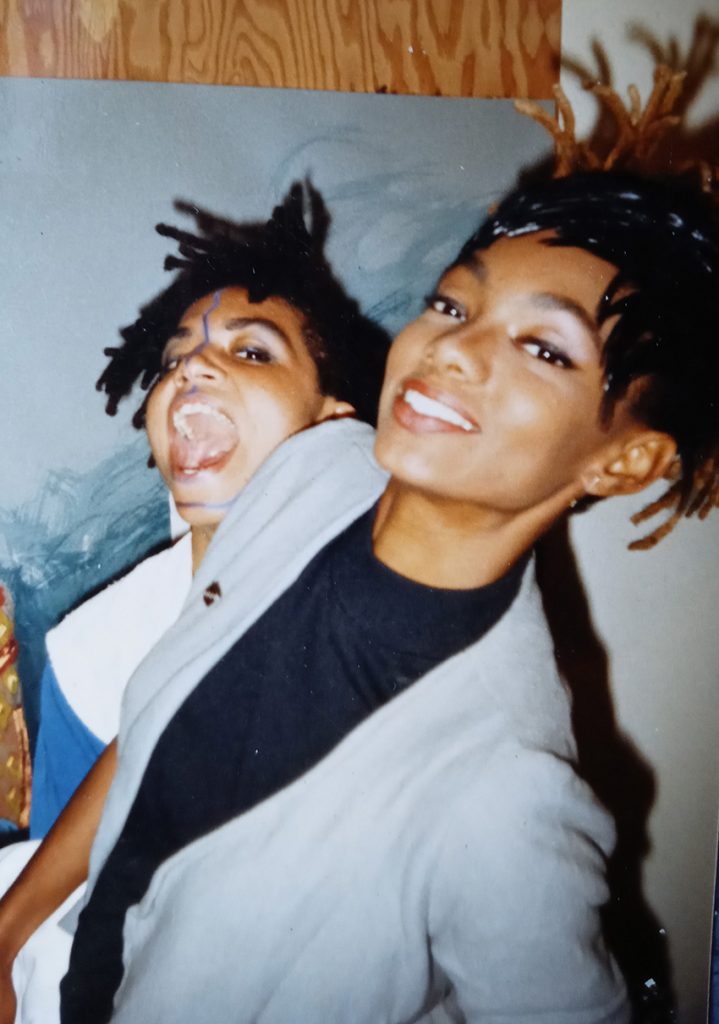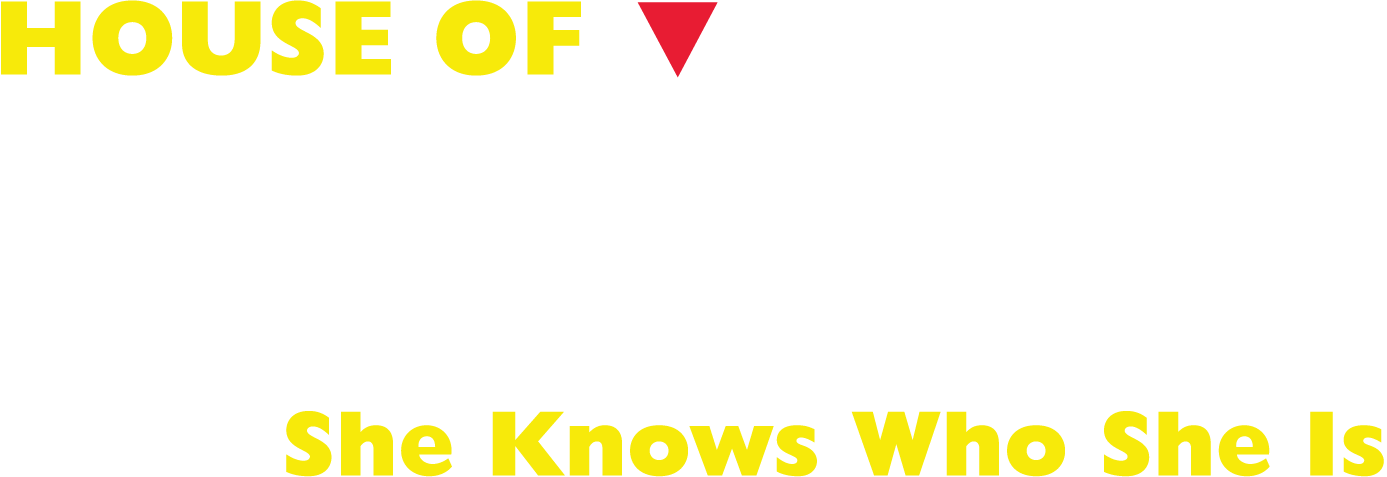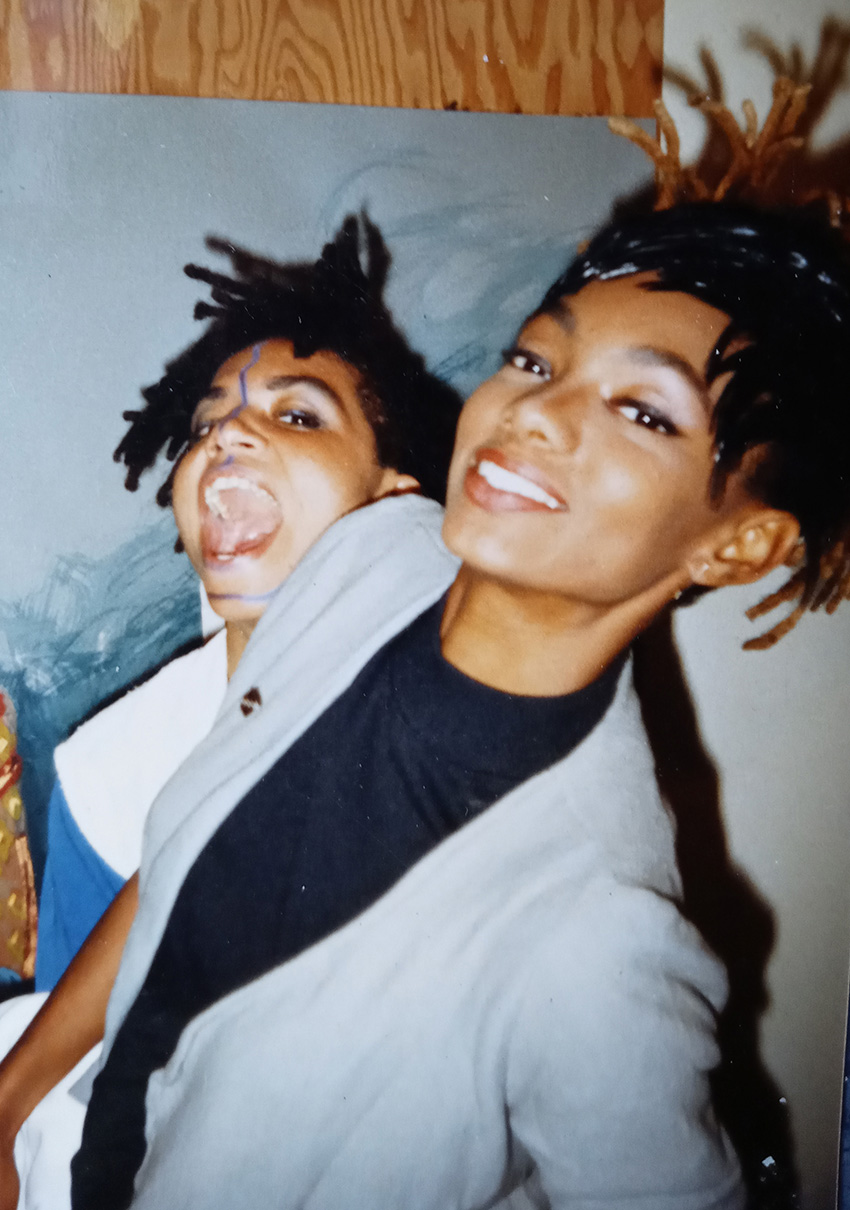
from Simone Bouyer –
Stephanie Coleman and I opened the Wholesome Roc gallery in 1986; we met Robert Ford, Trenton Adkins, and Lawrence (Larry) Warren not too long after that.
Trent Adkins was very involved in helping us get the gallery going. He would brainstorm with us on ideas for events to attract customers, help us set up shows and displays, he would even pitch in to serve coffee. He introduced us to Robert, who lived in Old Town.
I was living in a loft space located at 2630 N. Clybourn, just south of Fullerton. I was painting and seeking to exhibit my work downtown. Gallery owners would encourage me to pursue a mentor and to continue working on polishing my art, but I could not get a show. Shortly after, I met Stephanie, who encouraged me to open a gallery in the loft.
Working full-time, I saw a need for a gallery that catered to the working class. I wanted to create a space that was accessible to all people, not just high-end art collectors. In publishing Think Ink and THING, I know Robert worked along the same lines. And to do this, we had to bend the rules. I was working full-time at a Chicago advertising agency, the gallery was open from 7 p.m. until midnight every night and from noon until midnight on the weekends.
This was at the beginning of the use of computers for advertising and design. At the ad agency, I worked in the paste-up room with the art directors and account executives. Back then, we used drafting tables and t-squares to create layouts. Although Robert could do a lot on his own, he needed some assistance with paste-up for final printing. I was, and continue to be very interested in advertising and graphic design.
I was also publishing a zine for Wholesome Roc Gallery, the Planet Roc, so it wasn’t any extra work to provide him with keylines for printing. Once in a while, I would also write or draw something for both zines.
We didn’t have any rules! No one we knew had done any of this before. We could see how things were accomplished: I through the agency, and Robert interacting with the gay publications through the record store.
We started having lots of fun! We were able to meet lots of people; we went to lots of shows, parties, and performances. We also threw lots of parties and pulled together shows. We were surrounded by talented people: writers, singers, and artists. We could showcase all of this talent through Think Ink, THING, and Wholesome Roc Gallery.
I was amazed at how popular the gallery became. Depaul college kids and local artists would come and hang out all the time. The Prop, a small experimental theater, was downstairs, and their patrons would come up for coffee and snacks. I also created posters for their productions. It was really neat how we were all working on the fringes to create an alternative, Black, creative arts community, and culture.
Why and how did THING serve as a platform for marginalized voices and non-traditional storytelling?
I was impressed by Think Ink and THING magazines. They were intelligent, well-written, and a snapshot of what we were interested in: art, culture, fashion, literature, music, and activism. All geared toward thriving middle-class African Americans between the ages of 21 to 35. We were all working, educated, and interested in the arts.
One of Robert’s goals was to offer our community publications that focused on topics we could relate to. There was a gay paper, but it was primarily white. By publishing these zines, he could represent, interview, and showcase folks in their twenties to early thirties that looked like us: Black, intelligent, young, and creative. We both saw an opportunity to present our culture to our people.
When I met Larry Warren, he was writing and researching ideas for Think Ink and THING. Larry could shine a light on many topics that no one else was covering: House music, Black gay life, creative writing, fashion, etc. It was also a space to openly criticize or mock mainstream culture.
Our efforts were hugely rewarding because of the lack of Black visibility in the Chicago art scene. Suddenly these voices that had never been heard before were brought to light. We were finally able to tell their own stories and share our experiences.
How do you feel magazines have a role now in challenging the status quo, and do you think that will remain?
Mainstream media is not always willing to share stories of those of us who are different, young, Black, LGBTQ+, or others. I believe there is still a need for alternative print publications that can be accessed at libraries and in communities that may not have access to online content.
How else will people see themselves and others, hear new ideas, and learn new things except through alternative media and sites that provide space for new voices? Without spaces that allow us to share our ideas and our unique identities, we lose our sense of self.
Anything Else?
Both Robert and I were successful due to the support and encouragement of those around us.
Larry Warren was our James Baldwin. He could quote so many Black authors. He was working at that time as the national accountant for Barbara’s Bookstore. He was always smiling and so quick-witted! I remember meeting him for lunch one day. As we drove up, he was standing outside his apartment building talking to a young man who was just walking by. He was telling him that he was a prince, handsome and beautiful. He later shared with us, “Young men don’t get to hear that in our society. They don’t know that they are beautiful.”
Robert Ford was the king of music. He had a collection that took up one entire wall of his loft apartment. Everything from jazz to pop to House. But he wasn’t just one-sided; he was very well-read.
Ken Hare was the prince of fashion. He was all about reinventing oneself. Ken mastered hair care and design and is an amazing man of various interests and accomplishments.
Stephanie Coleman was our numbers cruncher — she handled the business end of things and kept things running smoothly. Although she is not an artist, she loves art.
None of this would have been possible without the dozens of folks who provided us with help, knowledge, tools, and technical assistance.
THING magazine resulted from collaborative efforts made by Trent Adkins, Stephen Freshwater, Larry Warren, W. Delon Strode, Terry Martin, Simone Bouyer, Stephanie Coleman, Bunny & Pussy, and dozens of irregulars.
Unfortunately, Robert died of AIDS way before his time. I sometimes think about all of the milestones he’s missed. And, there is still a need in our society for the fresh and uncorrupted vision we both shared.

